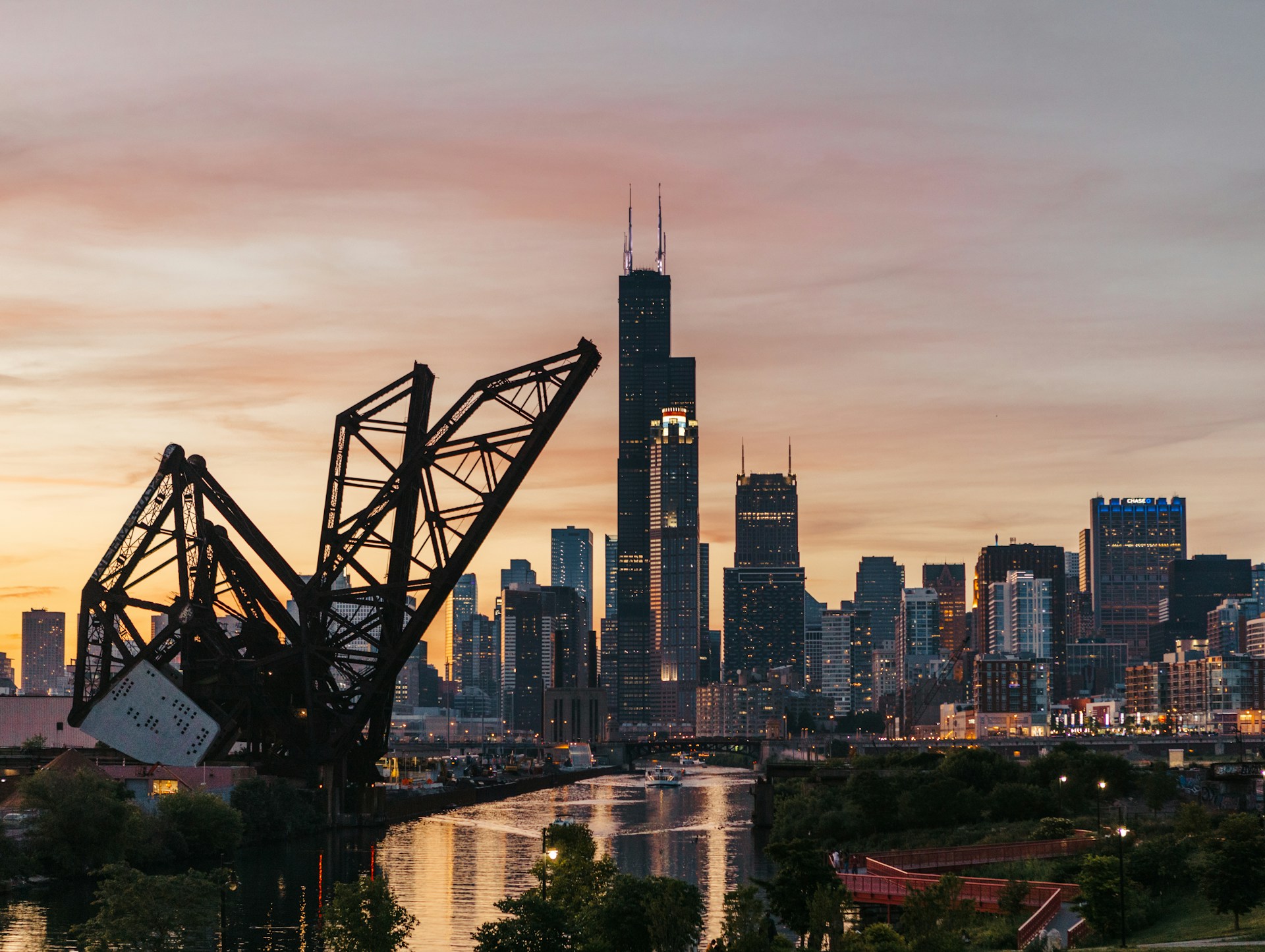Urban Transformation and SDGs
Urbanization is accelerating, with roughly 55% of the world’s population currently residing in cities and sprawling developments. As the pace of urban growth is unlikely to abate—some projections suggest that urban population could potentially double by 2050—tackling the impact of cities on the environment will be crucial for driving momentum for the Sustainable Development Goals (SDGs).
Though cities account for only 2% of the Earth’s land area, they’re responsible for 70% of global greenhouse gas (GHG) emissions and 75% of global energy consumption. By concentrating massive populations within a single jurisdiction, cities place tremendous strain on resources such as energy, food and waste management systems. Aside from environmental issues, cities also grapple with major challenges such as poor living conditions and urban poverty, both of which result in lower educational and economic attainment.
Despite these issues, cities remain bastions of potential, bringing together economic opportunities, world-class facilities, modern amenities, global talent and investment, all of which are essential to driving infrastructure development and social transformation. Yet, tapping into these powerful tools will depend on vital urban planning to ensure that ongoing urbanization is paired equally with a focus on sustainable development.
As such, it’s no surprise that the sustainable development of cities has been globally recognized as part of the 2030 agenda of the United Nations’ 17 SDG, specifically SDG 11, which aims to make cities and human settlements safe, resilient, inclusive, and sustainable.
Solutions Enhancing Public Services in Urban Areas
Emerging technologies have a vital role in leading the urban transformation and ensuring that the challenges faced by urban cities are overcome. Consider, for instance, a perpetual challenge faced by urban dwellers across the world: congestion.
With populations swelling in cities across the world, their transportation needs are creating a boom in demand for mobility solutions, with cars remaining central. As such, congestion in cities is set to worsen—by 2050, traffic levels are forecast to increase by as much as 51%. Improving public transport, enhancing reliability of road networks, and delivering greener transportation modes are essential for increasing convenience and meeting communities’ mobility needs, while also reducing transport-related emissions.
One essential tool in this fight is the electric vehicle (EV), whose global adoption levels are enabling consumers to shift towards more sustainable mobility choices. Luckily, adoption is accelerating across the board, with EV sales rising to around 17 million in 2024, rapidly outpacing internal combustion engine (ICE) vehicles. As competition intensifies among EV automakers, the price of EVs and batteries are expected to fall even further in the coming year, fuelling even more adoption.
As authorities plan to reduce vehicular pollution, reduce congestion, and improve air quality, understanding the flow of vehicles is also important. At the vanguard are early adopters who are experimenting with modern solutions such as sensor technologies embedded with artificial intelligence and machine learning that are able to capture traffic in real time by learning from millions of road users and different modes of transport. Such level of data ensures that transportation networks can be made more sustainable making cities more resilient, smart, and safe.
These innovations will revolutionize the way we navigate our cities, offer faster mobility solutions, and provide efficient alternatives to conventional modes of transportation. With growing population and worsening congestion, the need for alternative transportation solutions is becoming increasingly evident.
Collaboration is Key to Driving Economic Recovery and Achieving SDGs
With the 2030 deadline to meeting SDGs fast approaching, stronger cooperation is required to address the issues facing our world such as poverty, inequality, and climate change among many others. Private and public sector collaboration is essential to minimize damage, preserve our planet, and ensure a better future for upcoming generations.
Collaborating at community and regional levels may be the start but will not be enough to achieve targets in a reasonable time interval. To maximize the impact of collaboration, stakeholders will need to take their advocacy to the national and international level, bringing on board players from the public, private, and civil society sectors to tackle critical problems with nuance.
Pooling of resources from diverse groups will also be critical to meet ambitious targets and achieve greater impact. The converging of a diverse group brings together a broad range of knowledge, skill sets, and expertise to overcome challenges.
Multi-stakeholder collaborations are key to addressing the world’s systemic sustainability and developmental challenges. This will require strong collaboration by participants who are aware of potential drawbacks of forming and launching collaborations and measuring impact.
There are numerous opportunities for cross-sector collaborations to drive SDGs, and for social and economic progress. However, seizing them requires revisiting collaboration methods and deploying the best country-wide collaboration models. If this is achieved, through structural and strategic processes, sustainable urban transformation can effectively align urban development with sustainability and climate goals.
Photo Caption: A view of Ho Chi Minh City. Urban centers are expanding rapidly.




